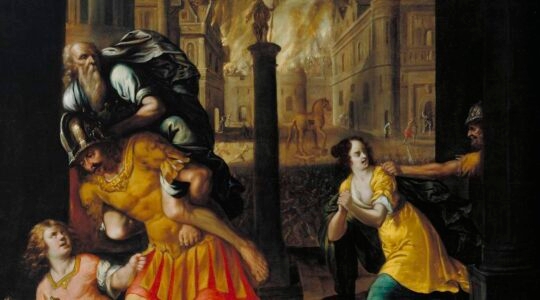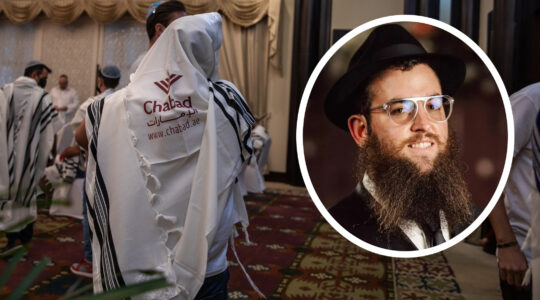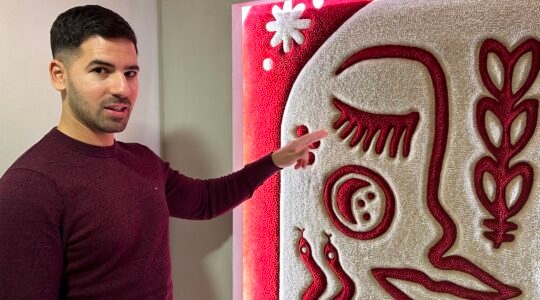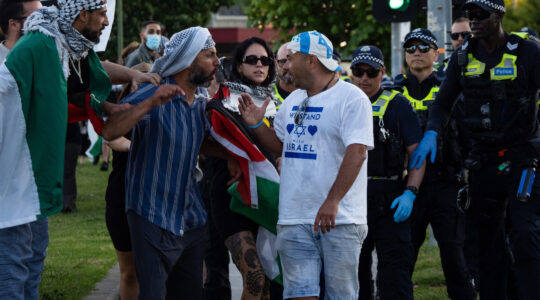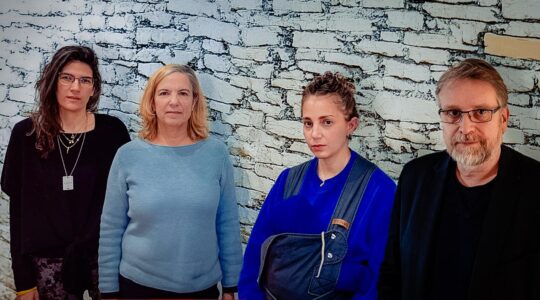When I went to Penn State, heading home to New City Jewish Center — my Conservative shul in suburban New York — for the High Holidays was easy: Hop on a Greyhound, brave a layover in Philadelphia or Harrisburg and I was set.
And if I didn’t feel like venturing back to New City, there were student-led services at my university’s Pasquerilla Spiritual Center — relaxed affairs that felt intimate and formal all at the same time.
Budapest is different. Twenty different religious communities, four different denominations — for a Jew who all too frequently finds himself in synagogue for the High Holidays and nothing else, the sheer amount of options was overwhelming.
So I asked around, providing my criteria — small, intimate, egalitarian if possible — and received one consistent recommendation: the Frankel Leo synagogue on the Buda side of the Danube.
[[READMORE]]
The synagogue is a beautifully decorated building tucked in from the street like "the little house" in Virginia Lee Burton’s children’s book of the same name. Entering the shul, I was glad to see familiar faces, like Central European University Jewish studies professor Michael Miller and Edina Schon, the Golem Theatre producer I met back in July in Avignon.
I was also glad that my friend Katharina — a non-Jewish Central European University graduate student in European Studies from a suburb of Nuremberg — was interested in attending with me. Somehow the prospect of trekking off to Yom Kippur services alone felt wrong.
I was grateful to have a partner. My Hebrew reading skills are rusty, and the Hungarian translations — while clearly useful to the vast majority of the Frankel Leo crowd — were no help to me, with language skills of only English and bad Italian.
Explaining the rituals to Katharina gave me focus. And when I did stumble upon something I recognized, a part of the service that could transcend the foreign-ness of strange tunes and a mostly incomprehensible prayerbook, I felt a spiritual connection and a surge of pride.
The Vidui, the Shema, the Amidah — I’ve never felt so glad to see them as when I flipped through the mahzor yesterday. The longer I stayed, the more comfortable I became. Getting asked to open the Aron Kodesh made me feel useful, and Katharina’s patience and openness challenged me to let my spiritual guard down.
The service wasn’t tailored to me, and I’m sure I would have found good ol’ NCJC more accessible — maybe even more meaningful — in the end. But Budapest for Yom Kippur — or "Jom Kipur," as my mahzor called it — was an experience, a Jewish moment I’m glad I had.
As I broke the fast with friends at Manga Cowboy, an Asian fusion restaurant in downtown Pest that also serves American fare like (my choice of) matzo ball soup and bagels with cream cheese and lox, I was reminded how lucky I am to have the whole Jewish world at my fingertips.
I celebrated the Jewish New Year in Reykjavik, bearing witness to the rebirth of a community that’s been dormant for decades. And on Yom Kippur, I fasted and prayed in a city home to Europe’s largest synagogue and one of its most active communities.
On Rosh Hashanah, it was written, and on Yom Kippur, it was sealed. This 5772, I’m making a vow: Stay curious, work hard and never grow blind to what an amazing opportunity it is for a young, mostly secular Jew like me to have the chance to tour the whole spectrum of Jewish peoplehood.
JTA has documented Jewish history in real-time for over a century. Keep our journalism strong by joining us in supporting independent, award-winning reporting.

